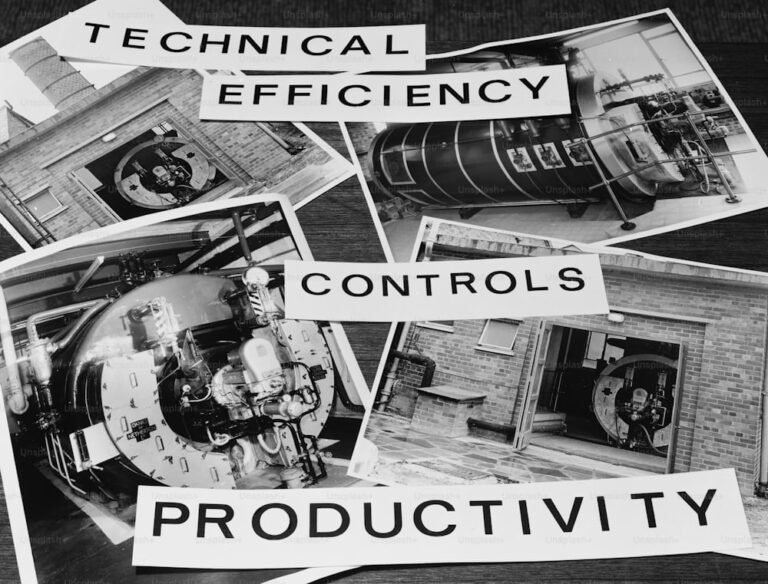Key Takeaways
- Understand the benefits of product configurators for sales teams.
- Explore how product configurators enhance customer satisfaction.
- Discover the impact on manufacturing and custom products.
Table of Contents
- How Product Configuration Tools Work
- Benefits for Sales Teams
- Improving Customer Satisfaction
- Impact on Manufacturing and Custom Products
- Successful Case Studies
- Future Trends in Product Configuration
Product configuration tools boost sales efficiency by streamlining customization, reducing errors, and accelerating quote generation. These tools enhance customer satisfaction by providing tailored solutions quickly, improving sales team productivity, and increasing conversion rates, ultimately driving better business outcomes and competitive advantage.
How Product Configuration Tools Work
Companies constantly search for ways to streamline operations and enhance customer satisfaction in today’s fast-paced business environment. One powerful method is using a product configurator. This tool allows sales teams to tailor products to specific customer requirements efficiently. By inputting various customer preferences, businesses can create customized product solutions that meet unique client needs, all while speeding up the sales process and improving accuracy.
Product configurators interact with backend systems to ensure real-time updates and seamless integration across different departments. By leveraging the advanced capabilities of these tools, companies can handle complex configurations that would otherwise be prone to human error, resulting in greater efficiency and customer satisfaction. This functionality makes product configurators indispensable in industries where customization and precision are pivotal.
Benefits for Sales Teams
Speed and Accuracy
Product configurators significantly cut down the time needed to create a customized quote. According to Salesforce, sales teams utilizing automation tools can close deals up to 45% faster. This speed advantage enables sales professionals to focus on more strategic activities, such as building relationships and identifying new sales opportunities. By reducing manual effort, sales teams can allocate more time and resources to understanding and meeting client needs.
Reduces Errors
Automation in the configuration process minimizes mistakes, ensuring the product meets the customer’s specifications perfectly. This error reduction translates into higher-level order accuracy, reducing the likelihood of costly returns or reworks. By eliminating manual input errors, companies can ensure a smoother workflow and satisfy customers with tailored products. This accuracy also builds trust and confidence in the sales process.
Easy Updates
Configurators can swiftly accommodate changes, whether adding new product features, updating prices, or modifying specifications. This adaptability is crucial in keeping up with market trends and customer preferences. With the ability to make real-time adjustments, sales teams can provide customers with the most up-to-date information and options, fostering a more dynamic and responsive sales environment. The easy-update feature also ensures that all stakeholders are on the same page, promoting organizational coherence.
Improving Customer Satisfaction
The role of a product configurator in improving customer satisfaction cannot be understated. These tools offer customers an interactive and intuitive experience where they feel involved in customizing their purchases. This interactive process can lead to higher customer satisfaction and long-term loyalty. By giving customers control over their product choices, configurators enable a personalized shopping experience that resonates well with today’s consumer expectations.
Companies excelling in customer experience grow revenues 4-8% above their market, according to Bain & Company. This statistic underscores the importance of integrating tools like configurators to maintain a competitive edge. By ensuring that customers receive products tailored to their specifications, businesses can enhance customer happiness and reduce the risk of returns. These positive experiences often lead to repeat business and strong brand advocacy.
Impact on Manufacturing and Custom Products
Streamlined Production
Production becomes much more streamlined when manufacturing processes are fed precise and accurate specifications through configurator tools. This accuracy reduces delays and bottlenecks in the production line, allowing for a smoother process from order placement to delivery. Manufacturers can optimize their operations and increase throughput by ensuring that all necessary details are captured accurately during the configuration phase.
Cost Management
Businesses can effectively manage costs and reduce material waste by ensuring the proper configurations. This precision allows for better resource allocation and significantly reduces unnecessary expenses. Configurators’ ability to prevent overproduction and avoid errors in order specifications can lead to cost savings throughout the supply chain. These savings can then be passed on to customers, enhancing competitiveness and profitability.
Enhanced Flexibility
Configurators facilitate easy adaptation to market demands and customer feedback. This flexibility is vital for companies looking to innovate and stay relevant in a rapidly changing marketplace. Configurators help businesses meet evolving customer needs without major disruptions by providing a platform for continuous improvement and adjustment. Whether launching new products or modifying existing ones, configurators offer the adaptability required to thrive in competitive industries.
Successful Case Studies
Numerous companies have witnessed remarkable results with the implementation of product configurators. For example, a leading automobile manufacturer reported a 30% increase in sales after enabling a customer-driven car configuration tool. This success showcases the powerful impact of allowing customers to interact directly with product customization. The automobile company’s ability to let customers tailor their vehicles helped them meet unique customer requirements, boosting satisfaction and sales.
Similarly, a furniture company saw its custom order revenue double within a year of integrating a configurator tool into its sales process. These case studies highlight the benefits of product configuration tools in diverse industries. By implementing configurators, companies can differentiate themselves from competitors, streamline their operations, and achieve significant growth.
Future Trends in Product Configuration
The future of product configuration tools is exciting, with several advancements on the horizon. Intuitive user interfaces will make the configuration process even more user-friendly. At the same time, integration with augmented reality (AR) will enable customers to visualize products in their intended environment before making a purchase. By incorporating AR, businesses can offer a more immersive and engaging shopping experience, further enhancing customer satisfaction and driving sales.
Enhanced Artificial Intelligence (AI) capabilities will also be crucial in predicting customer preferences and optimizing configurations accordingly. As sustainability becomes a primary focus for businesses worldwide, configurator tools will help maximize material usage and reduce environmental impact. Future trends suggest that configurators become integral in achieving both economic and ecological goals, promoting sustainable growth and innovation.





